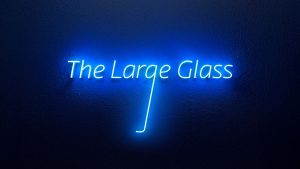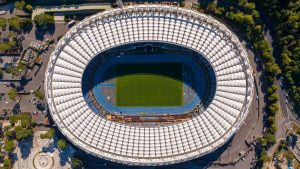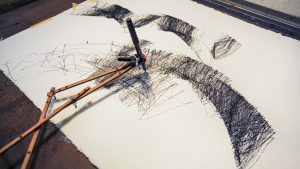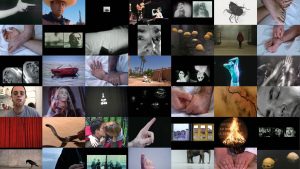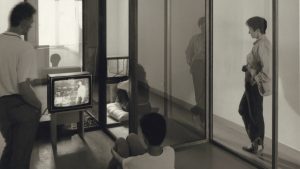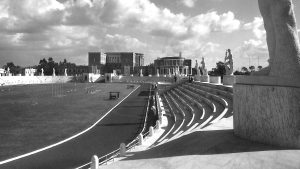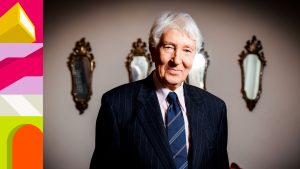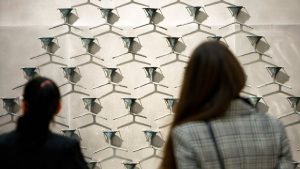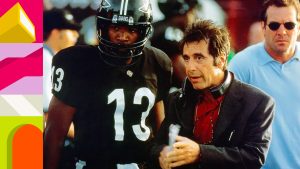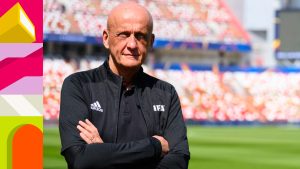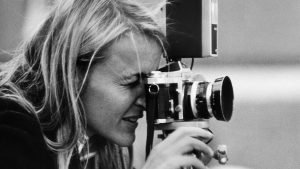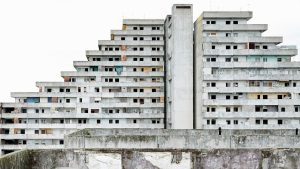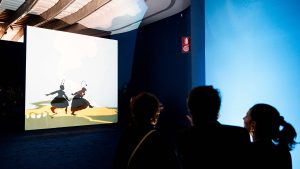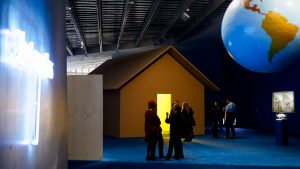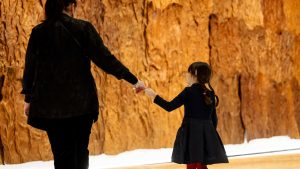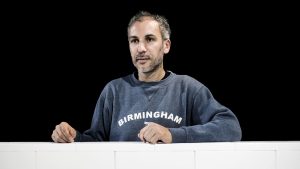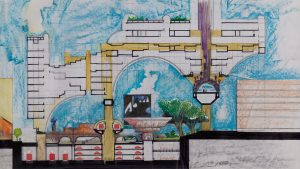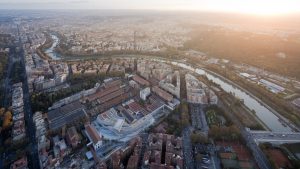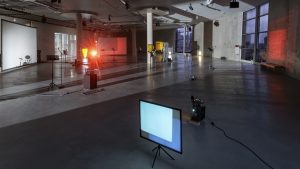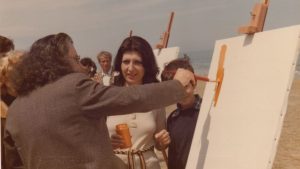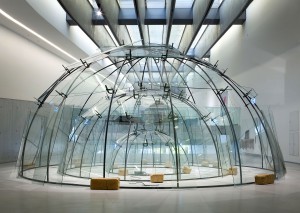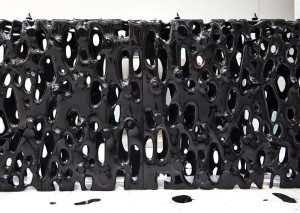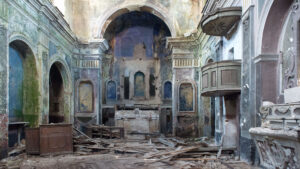De Carlo, Giancarlo
Giancarlo De Carlo (1919-2005) graduated both as civil engineer and lately as architect. During WWII he acted as a militant partisan, closely supporting the anarchist movement. De Carlo has taught architecture and subsequently planning at the IUAV (Venice University Institute of Architecture) before moving on to teach architectural composition at the School of Architecture of the University of Genoa. He was visiting professor at prestigious North-American universities, and the founder-director of the “Spazio e Società” magazine. For almost a quarter of a century he was a consultant and a designer at the University of Urbino under the supervision of the Rector Carlo Bo; he was the author of hundreds of projects, many of which were actually built. Among them, the most noteworthy are: the university colleges, the Faculties of Education, Law and Economy, the Mercatale parking design. Giancarlo De Carlo lived an intense life in many cities throughout the world, to paraphrase the title of one of his last books. If the experiment De Carlo developed in Urbino since the very early 1970s represented a clear threshold, this long engagement was preceded by an intense participation in the architectural debate that took place in post-WWII Italy. During the 1950s he was the curator of exhibitions at the Milanese Triennale and the Italian delegate at the CIAM congresses as well as a member of Team 10. He was also the President of the organization named “Movimento Studi Architettura”, the editor of “Casabella-continuità”, the prestigious magazine in which Ernesto Rogers revisited the question of the legacy of the modern movement as well as the relationship between history and project. The Matteotti Village (1969/74), designed for the Terni steelworkers, directly collaborating with the future residents, is the result of a double process that bonds civil passion to an anti-dogmatic and pluralistic architectural choice. The commitment made to designing the city is just as significant, not only for the number of urban plans, but also due to the fact that De Carlo was one of the first to shift the subject from functions to urban design and to introduce the idea of a city-region. The main theme of his final years was the work carried out on existing buildings including operations of urban renewal, reuse and recovery of old edifices and urban structures, towards which the architectural operation proved to be a very real renaissance, performed just as much on the materials as on the spaces themselves. In 2005, on the occasion of the “Giancarlo De Carlo. Le ragioni dell’architettura” exhibition that was held at the MAXXI, the museum acquired the documentation related to the Wadi Abou Jmeel residential buildings in Beirut.
Giancarlo De Carlo, Progetto di edifici residenziali, Wadi Abou Jmeel, Beirut 2003/05 (part.)


